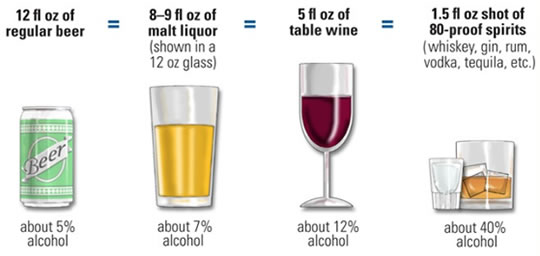Be aware of the two most harmful relationship patterns.
People who expect their partners to read their minds are harming their relationships, research finds.
It occurs when there are problems in the relationship and one person disengages and does not communicate their problems to the other.
It often happens when that person is anxious about the relationship and feels neglected.
Anger and negative communication often result from expecting the other person to be a mind-reader.
Dr Keith Sanford, who led the study, explained:
“You’re worried about how much your partner loves you, and that’s associated with neglect.
You feel sad, hurt and vulnerable.”
Toxic disengagement
Expecting the other person to be telepathic is one of the most toxic ways that people disengage psychologically from a relationship.
The other is type is withdrawing.
Dr Sanford said:
“It’s a defensive tactic that people use when they feel they are being attacked, and there’s a direct association between withdrawal and lower satisfaction overall with the relationship.”
Withdrawing when attacked by your partner complains or criticises is extremely common.
Dr Sanford said it is…
“…more characteristic of unhappiness.
Just about everyone does that from time to time, but you see more of that in distressed relationships.”
Partners who psychologically withdraw from the relationship are more likely to be disinterested or bored with the other person.
Dr Sanford said:
“There’s a desire to maintain autonomy, control and distance.”
While one person makes demands on the relationship (often, but not always the woman), the other person disengages, Dr Sanford said:
“Often, you have one person who withdraws and the other demands.
The more the one demands and complains, the more the other withdraws, and so on.
It’s an issue both of being aware of when these behaviors are occurring and of finding an alternative — a more constructive, polite approach to resolve conflict.
And at times, that’s easier said than done.”
The results come from surveys of thousands of people in relationships.
They answered questions about relationship conflicts, how they responded and the emotions that resulted.
The study was published in the journal Psychological Assessment (Nichols et al., 2014).











